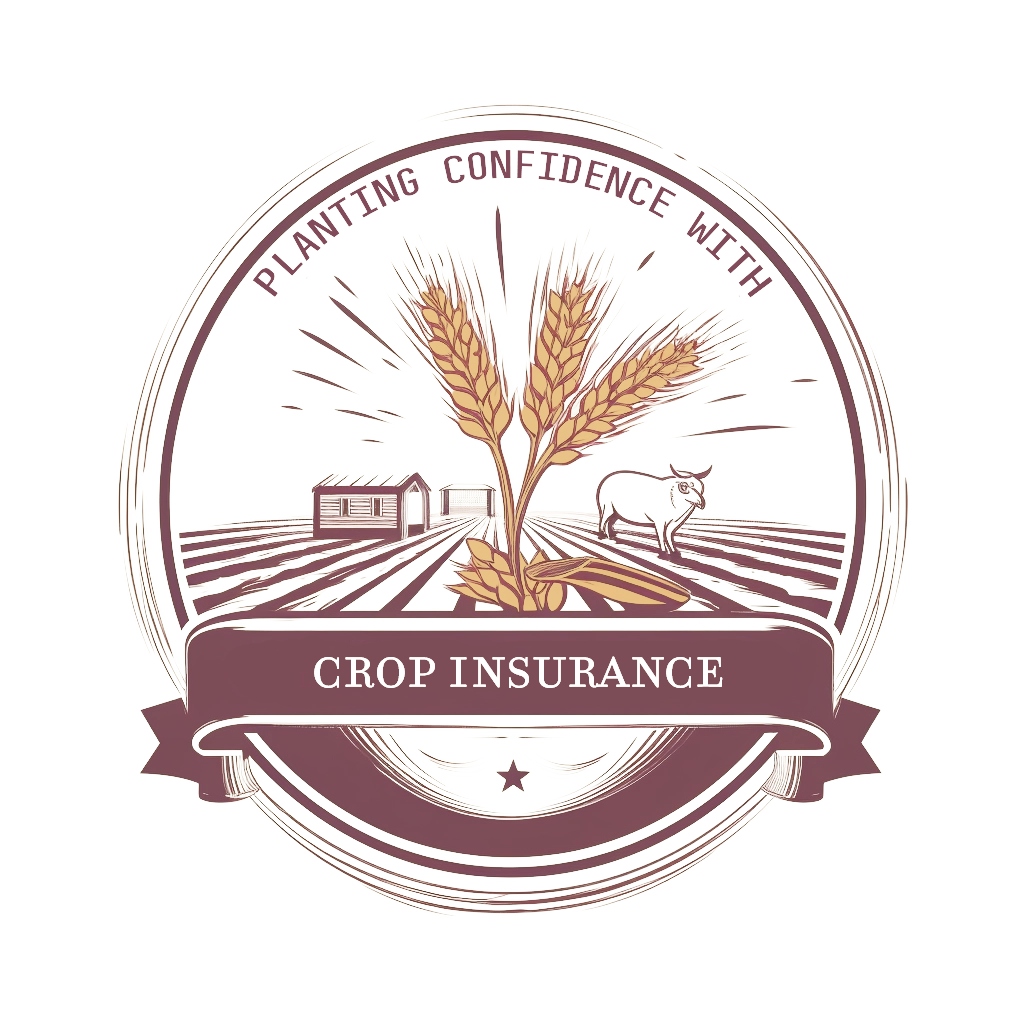Year 2 – Will you forward contract?
In Year 1, you made a decision about what to produce, and you experienced the profits (or losses) that were influenced by your decision.
For Year 2, you will have an opportunity to transfer away some of the risk you face on your operation. Insurance is one mechanism for transferring away risk – we’ll explore that further in Years 4-6. You can also transfer risk using some fairly complex financial tools called futures and options. Contracting is another way of transferring risk – let’s look at that now.

It’s June 1 on your farm/ranch, and a buyer shows up with an offer to buy your calves/wheat/both for delivery later this fall; say, on November 1.
The buyer offers you $1.00/pound for your calves and $4.75/bushel for your wheat. These happen to be the long-term average prices; and, they are decent prices, neither especially high nor terribly low.
Remember that calf prices can range from $0.60/pound to $1.50/pound; and, wheat prices can range from $2.60/bushel to $6.20/bushel. If you sign the buyer’s contract, you and the buyer are locked into the offered prices ($1.00/pound and $4.75/bushel).
Over the six month period between June 1 and November 1, the market is likely to move, but no one knows which way. So, your crops could be worth more or less in the fall. If the market moves up, the buyer receives the gains; however, if the market drops, the buyer takes the losses.
You have three options for Year 2:
- Take the buyer’s offer to set your prices today at $1.00/pound and $4.75/bushel.
- Wait until fall and take whatever the market offers at that point.
- Take the buyer’s offer on half of your production, and then wait until fall to sell the other half.
Think about your current financial position as you make your decision when you move to the next topic.

